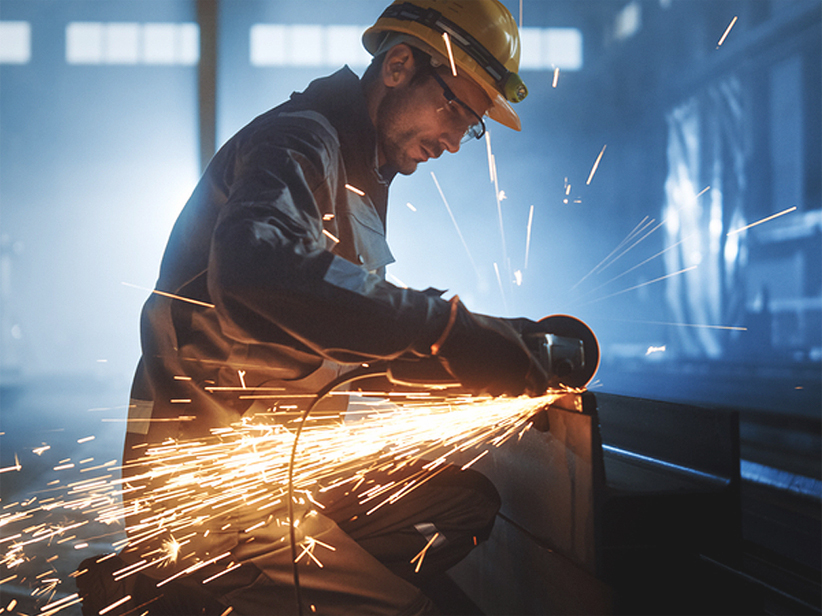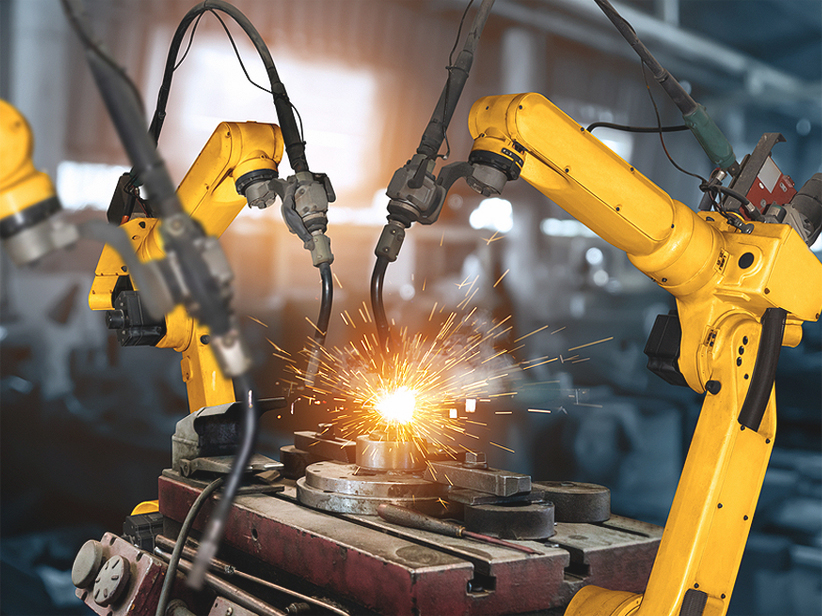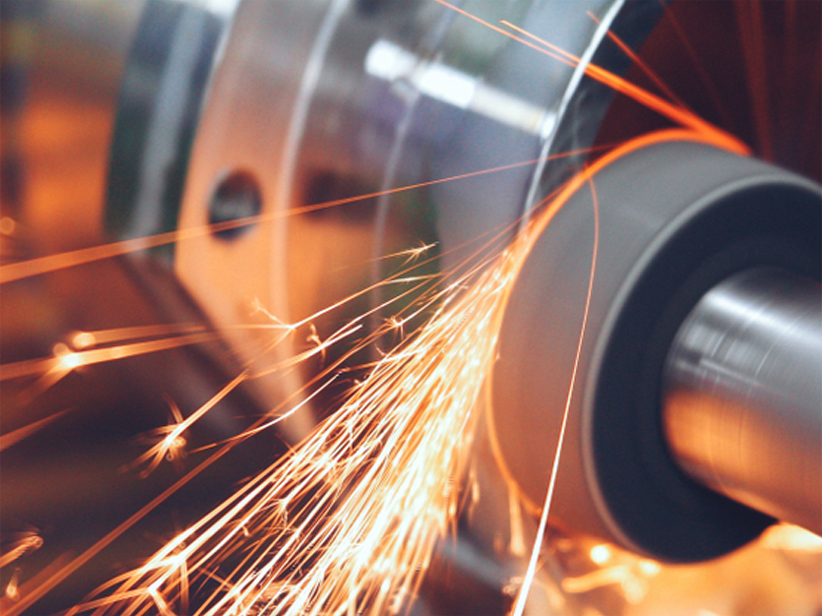Description
Stainless Steel Grade 317L/1.4438 is an austenitic stainless steel variant with added molybdenum, which enhances its corrosion resistance compared to 304 and 316 grades. This low-carbon version of Grade 317 is specifically designed to resist intergranular corrosion following welding or other heat treatments. Its superior corrosion resistance makes it ideal for harsh environments and high-temperature applications.
Chemical Composition
Chromium (Cr): 18.0 - 20.0%
Nickel (Ni): 11.0 - 15.0%
Molybdenum (Mo):3.0 - 4.0%
Manganese (Mn): ≤ 2.0%
Silicon (Si): ≤ 1.0%
Carbon (C): ≤ 0.030%
Phosphorus (P): ≤ 0.045%
Sulfur (S): ≤ 0.030%
Nitrogen (N): ≤ 0.10%
Mechanical Properties
Tensile Strength: 70 - 85 ksi (485 - 585 MPa)
Yield Strength: 30 - 55 ksi (205 - 379 MPa)
Elongation: 40% (min)
Hardness: Rockwell B 85 (max)
Thermal & Physical Properties
Density: 8.0 g/cm³
Melting Point: 1375 - 1400°C (2507 - 2552°F)
Thermal Conductivity: 16.3 W/m•K at 100°C (212°F)
Specific Heat: 500 J/kg•K
Coefficient of Thermal Expansion: 16.0 x 10⁻⁶ /K (20 - 100°C)
Other Designations
UNS:S31703
AFNOR: Z7CND17-12
DIN:1.4438
JIS: SUS317L
Fabrication and Heat Treatment
Welding: Grade 317L/1.4438 can be welded using conventional methods such as TIG, MIG, and arc welding. Preheating is not usually required, but post-weld annealing is recommended to restore optimal corrosion resistance.
Machining: This grade is amenable to standard machining practices. Care should be taken to use appropriate cutting tools to avoid work hardening.
Heat Treatment: Annealing at 1040 - 1150°C (1900 - 2100°F) is used to relieve stresses and improve mechanical properties. Rapid cooling after annealing is essential to avoid precipitation of chromium carbides.
Applications
Chemical Processing: Equipment and components in chemical reactors, piping, and storage tanks.
Petrochemical Industry: Parts exposed to corrosive environments such as pumps, valves, and heat exchangers.
Marine Environment: Components used in seawater applications, including offshore platforms and shipbuilding.
Power Generation: Parts in power plants exposed to high temperatures and corrosive conditions.
Food Processing: Equipment where high corrosion resistance is crucial.
Supplied Forms
Bars
Coils
Fittings (buttweld and forged)
Features
Enhanced Corrosion Resistance: Superior resistance to pitting and crevice corrosion, particularly in chloride-rich environments.
High Strength: Provides robust mechanical performance in demanding conditions.
Low Carbon Content: Reduces the risk of intergranular corrosion after welding.
Good Fabricability: Easy to machine, weld, and form into various shapes and sizes.






